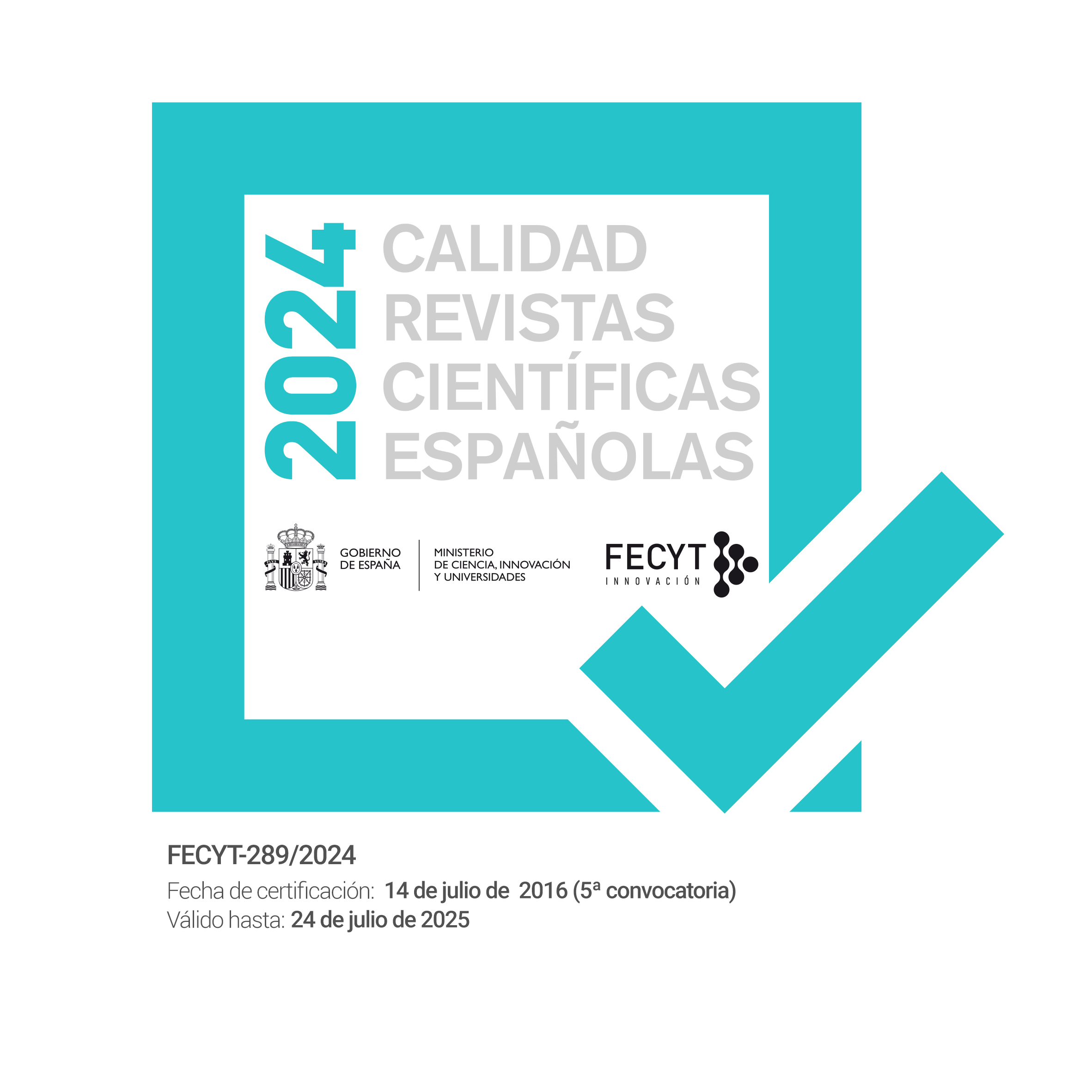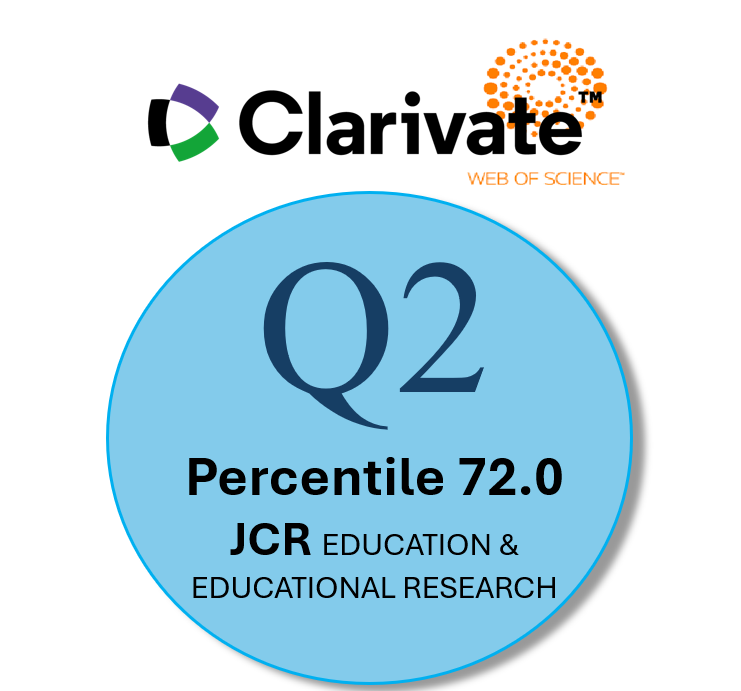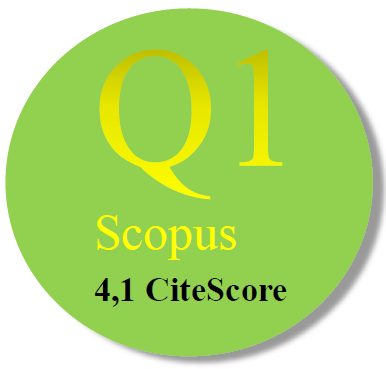Patterns in e-learning. Elements and References for Training.
Abstract
Concept of pattern in e-learning are applied to information structures that allow summarizing and communicating accumulated experience and solutions to problems in practice as well as in design of teaching and learning programmes through networks. Patterns allow for the acquisition of good practices and serves as reference for new applications and cases. Storage and systematic processing of those patterns make possible the construction of information corpus or data bases of documented references to which teachers, instructional designers, professionals or researchers can refer for specific tasks. In this paper, besides dealing with basic concepts, a five-category classification for pedagogic patterns is established: active learning, experimental learning, “teaching from different perspectives”, autonomous learning and problem-based learning. Pattern language is not just an instrument for communication and work among people of different levels of expertise but also in different knowledge areas.It can become an instrument for interdisciplinary work. Therefore, patterns can be instruments for communication among pedagogists (teaching experts), or psychologists (learning experts), on one side, and experts in computer systems,developers, computer architecture engineers, etc. on the other.Downloads
-
Abstract1119
-
PDF (Español (España))370
Las obras que se publican en esta revista están sujetas a los siguientes términos:
1. El Servicio de Publicaciones de la Universidad de Murcia (la editorial) conserva los derechos patrimoniales (copyright) de las obras publicadas, y favorece y permite la reutilización de las mismas bajo la licencia de uso indicada en el punto 2.
2. Las obras se publican en la edición electrónica de la revista bajo una licencia Creative Commons Reconocimiento-NoComercial-SinObraDerivada 3.0 España (texto legal). Se pueden copiar, usar, difundir, transmitir y exponer públicamente, siempre que: i) se cite la autoría y la fuente original de su publicación (revista, editorial y URL de la obra); ii) no se usen para fines comerciales; iii) se mencione la existencia y especificaciones de esta licencia de uso.
3. Condiciones de auto-archivo. Se permite y se anima a los autores a difundir electrónicamente las versiones pre-print (versión antes de ser evaluada) y/o post-print (versión evaluada y aceptada para su publicación) de sus obras antes de su publicación, ya que favorece su circulación y difusión más temprana y con ello un posible aumento en su citación y alcance entre la comunidad académica. Color RoMEO: verde.













